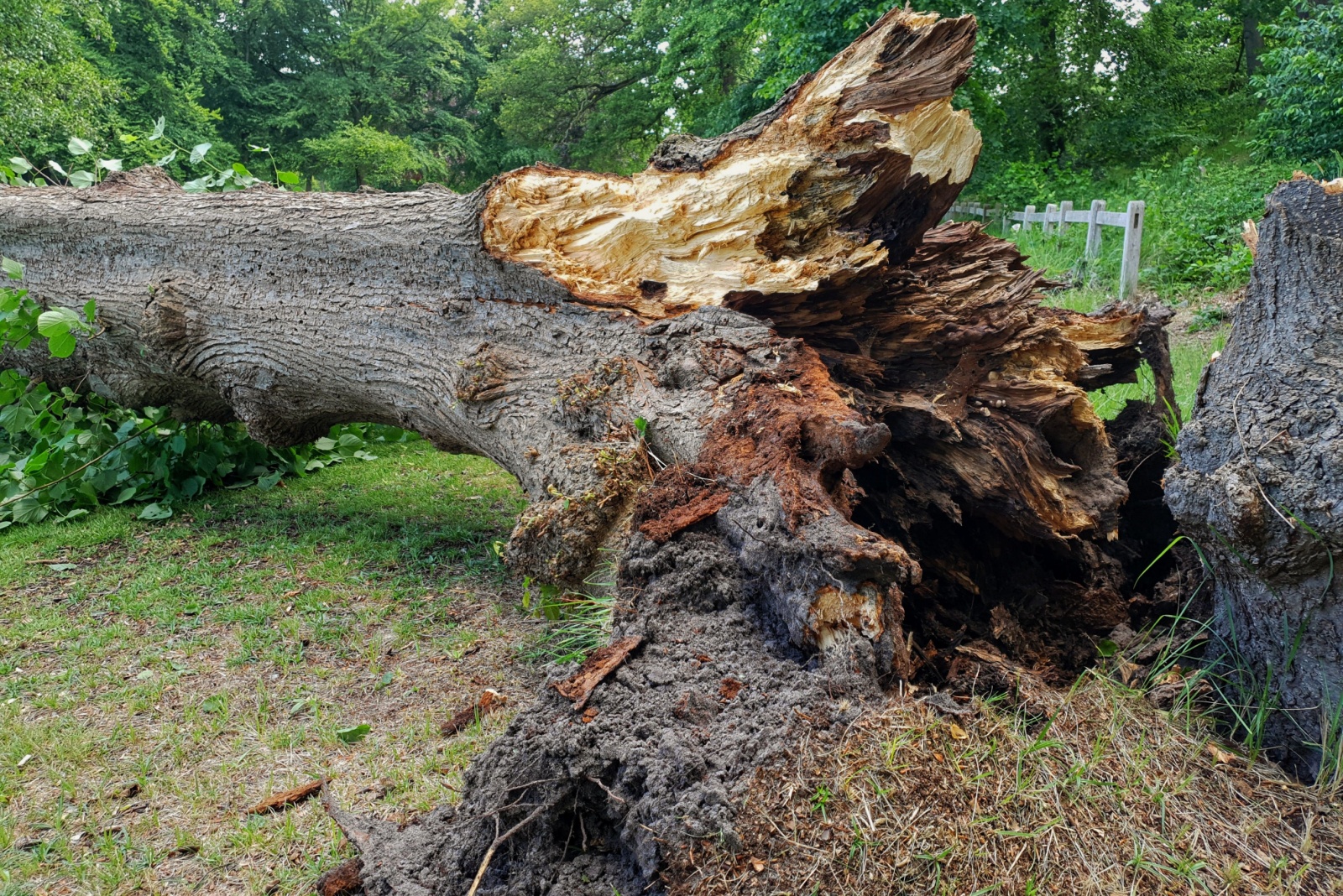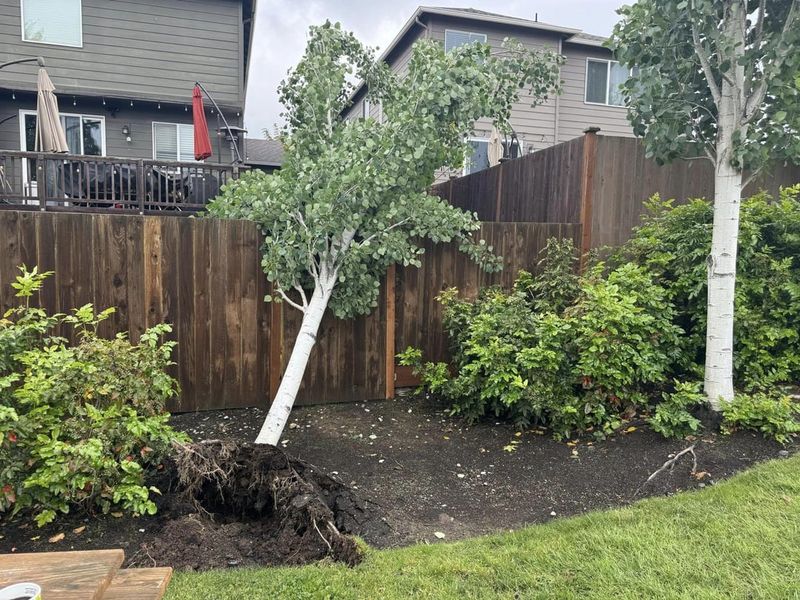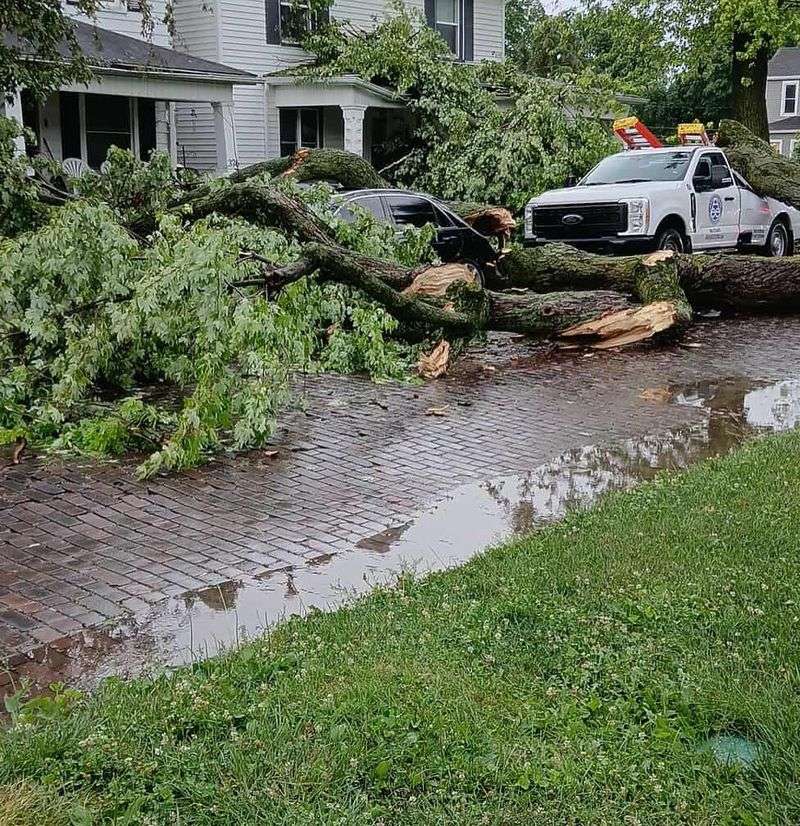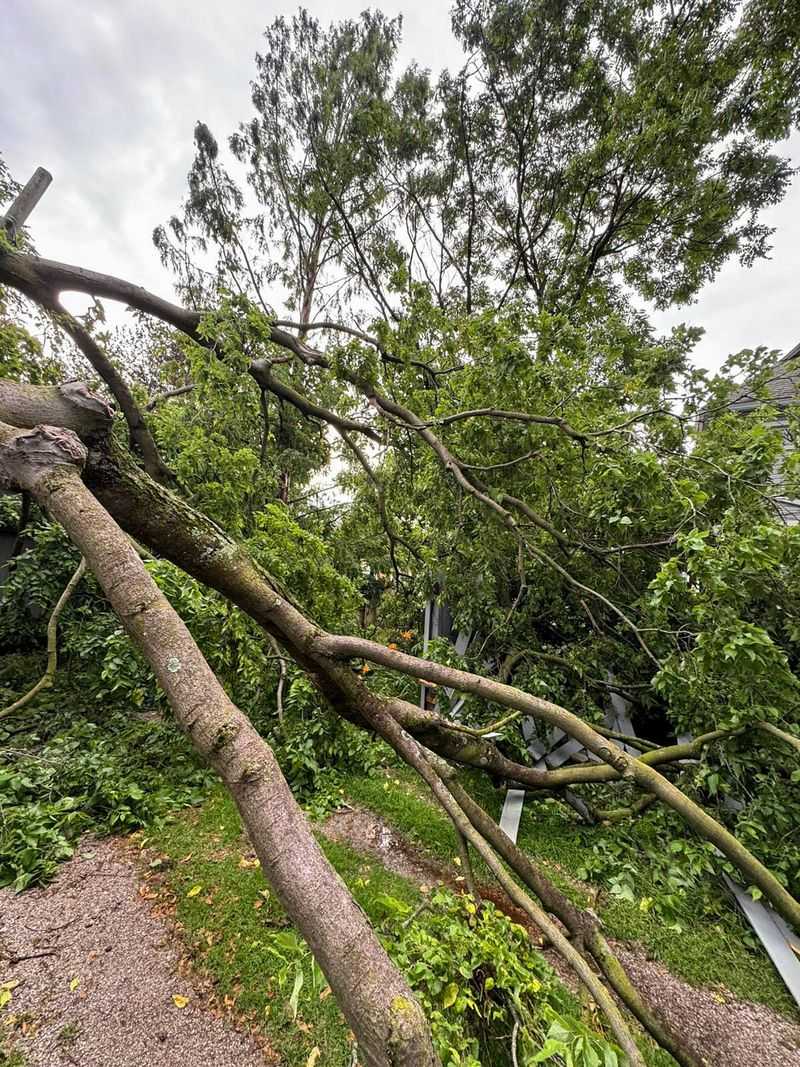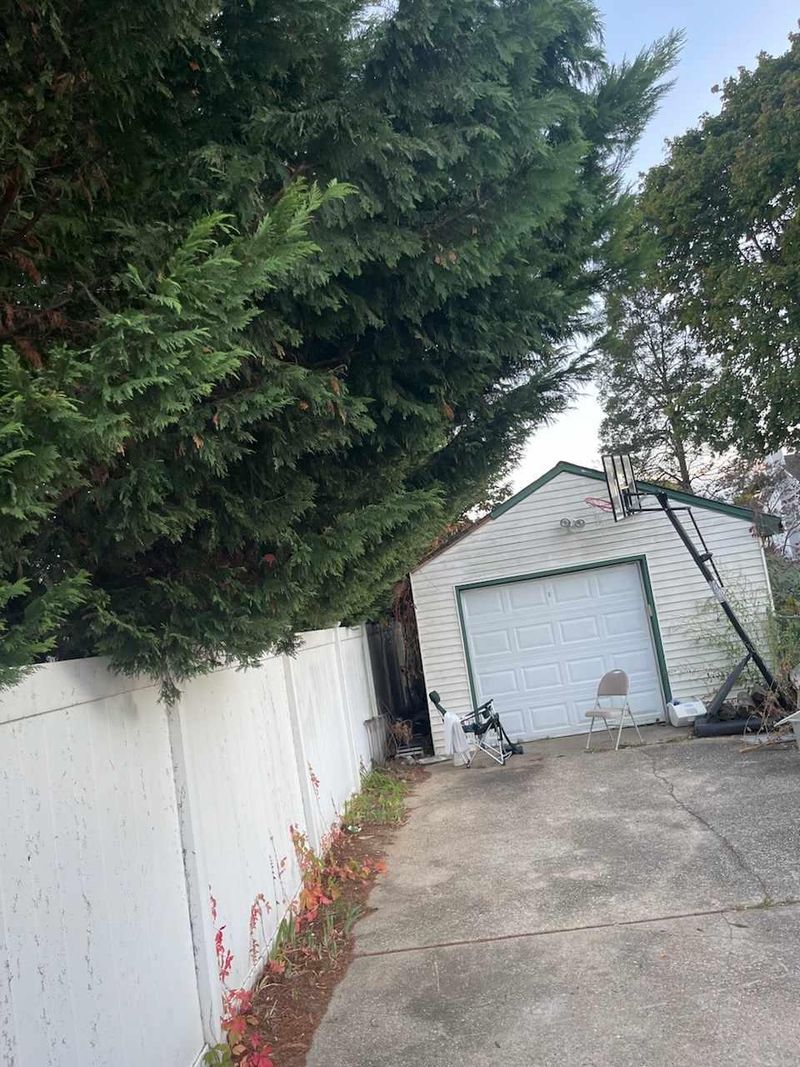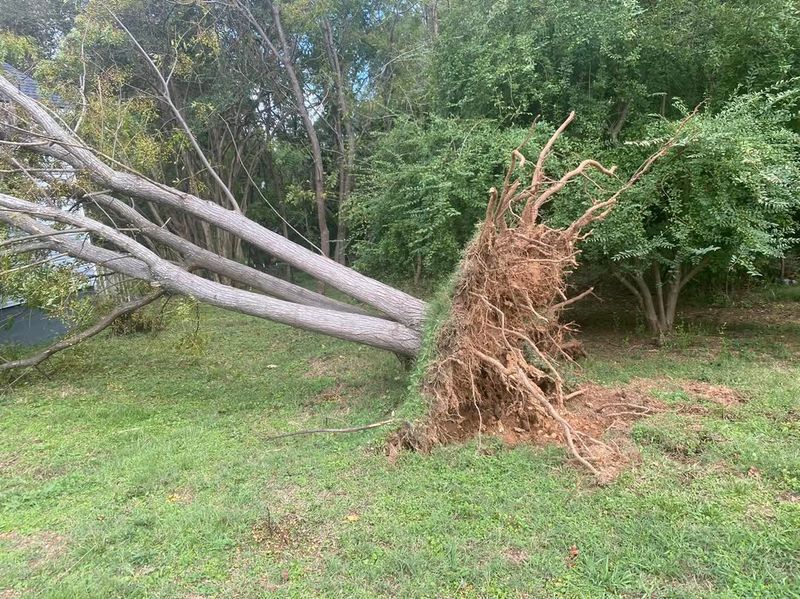When a massive storm rolls through Ohio and sends your neighbor’s tree crashing into your yard, figuring out who pays for the mess can feel confusing. Property damage from falling trees happens more often than you might think, especially during severe weather seasons.
Neighbors try to keep the peace, yet the rules often call the shots long before emotions settle. Ohio law draws clearer lines than most expect, turning a chaotic moment into something far easier to sort out.
1. Document Everything Before Cleanup Begins
Grab your camera before touching anything! Photograph the fallen tree from multiple angles, capturing where it stood originally and what it damaged.
Take close-ups of any visible rot, disease, or damage that existed before the fall. These pictures become crucial evidence if you need to prove your neighbor was negligent.
Also document the tree’s location on their property and any previous conversations about concerns. Written records of warnings you gave strengthen your case significantly.
2. Negligence Changes Who Pays For The Damage
Did your neighbor ignore warning signs that their tree was damaged or diseased? If they knew about problems and did nothing, they might be liable for damages when it eventually falls.
Visible rot, large damaged branches, or leaning trunks are red flags. Ohio law says property owners must maintain their trees reasonably.
Documentation matters here—photos of the tree’s condition before it fell can prove negligence. Courts will examine whether a reasonable person would have recognized the danger and taken action.
3. Your Insurance Usually Covers Your Property First
Homeowner’s insurance policies generally cover tree damage to your house, garage, or other structures regardless of where the tree came from. Your deductible applies, but insurance should handle repairs without you needing to chase down your neighbor first.
Many policies also cover debris removal up to certain limits. Filing a claim with your own insurance company gets repairs started faster than waiting for liability investigations.
Your insurer might later pursue your neighbor’s insurance if negligence is proven.
4. Ohio Follows The Act Of God Rule For Storm Damage
Most fallen tree situations in Ohio fall under what courts call an Act of God. When healthy trees topple during storms, hurricanes, or other natural disasters, the property owner where the tree lands usually handles cleanup and repairs themselves.
Your homeowner’s insurance typically covers this damage to your property. Neighbors aren’t held responsible when Mother Nature causes the problem, even if the tree originally stood on their land.
This rule protects everyone from being sued every time bad weather strikes.
5. Branches Hanging Over Your Property Line Have Special Rules
Ohio law allows you to trim branches that cross onto your property, but only up to the property line. You cannot go onto your neighbor’s land or damage the tree’s health while trimming.
If overhanging branches cause damage during a storm, the same rules apply—typically your insurance covers it unless the tree was obviously unhealthy.
Many experts recommend talking with neighbors before cutting anything to maintain good relationships and avoid misunderstandings about property boundaries.
6. Small Claims Court Handles Minor Tree Disputes
When tree damage costs fall below Ohio’s small claims limit (currently around $6,000), this court offers an affordable solution. You don’t necessarily need a lawyer, and cases move relatively quickly.
Bring all your documentation—photos, repair estimates, and any communication with your neighbor. The judge will decide if negligence occurred and who should pay.
Consider this option when insurance denies your claim or doesn’t cover everything, and your neighbor refuses to accept responsibility for their poorly maintained tree.
7. Prevention Through Communication Works Best For Everyone
Talking with neighbors about concerning trees before disaster strikes prevents most legal headaches. Point out visible problems politely and suggest they have an arborist inspect questionable trees.
Offering to split costs for removing dangerous trees near property lines shows good faith. Written agreements about tree maintenance protect both parties if problems develop later.
Building positive relationships with neighbors means even when accidents happen, you can work together toward fair solutions without lawyers getting involved unnecessarily.

